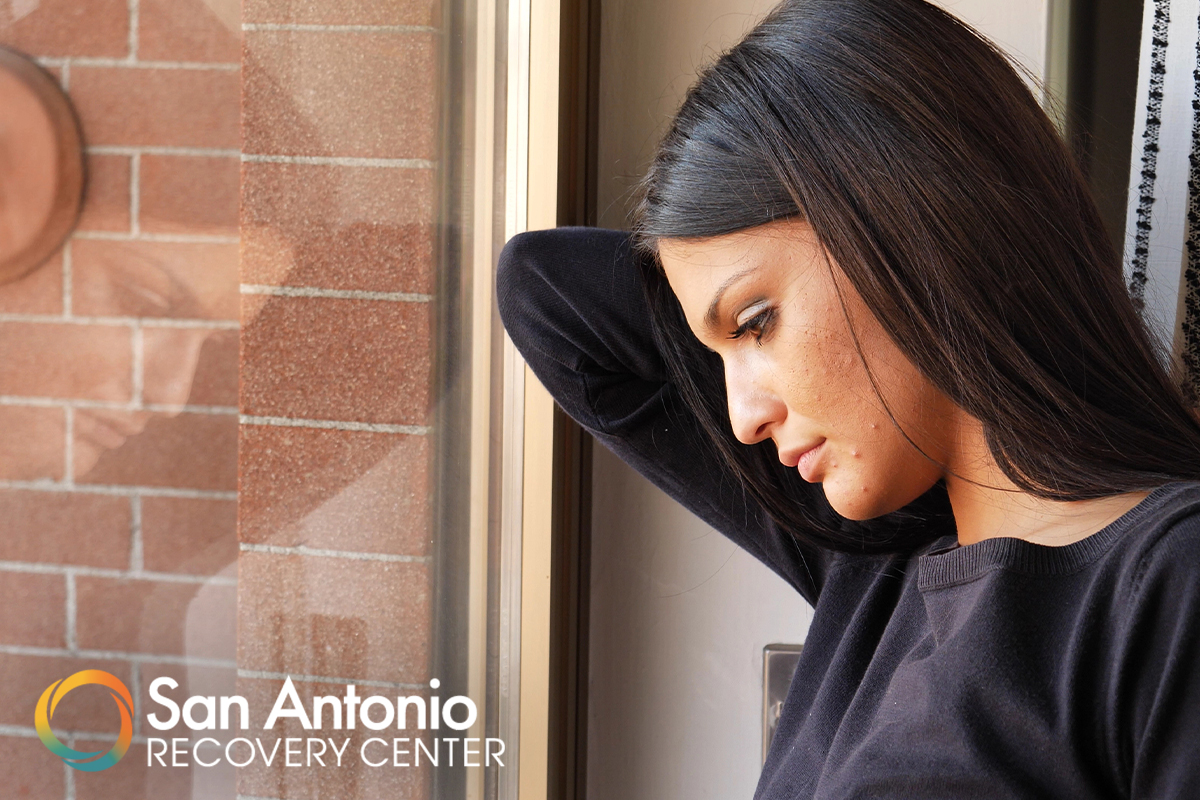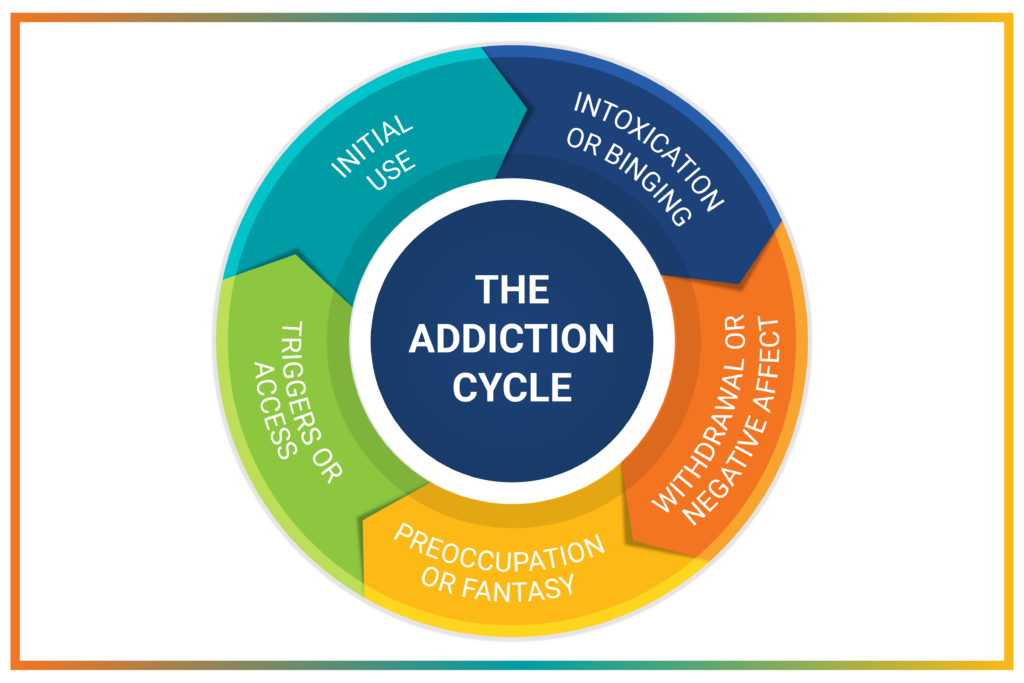
In 2006, PBS aired a special titled “The Meth Epidemic”, hoping to bring attention to skyrocketing methamphetamine usage in the United States.
Nearly two decades later, meth continues to be the most popular recreational drug in Texas, outnumbering all other illicit substances. Despite its popularity, individuals are often left feeling isolated, alone, and helpless when living with a methamphetamine use disorder.
At San Antonio Recovery Center, we’ve seen the impact of meth use in our community firsthand. As the center with the largest alumni community in the area, we know that recovery doesn’t end with treatment. That’s why we don’t end our support when your loved ones leave our facilities, and continue to offer access to both our extensive support networks and our educational content.
Today, we’re going to talk about the cycle of meth use disorder, the stages of meth addiction, and how you can learn to recognize them.
When we talk about the stages of a substance use disorder, we use a model – a simplified explanation for what is happening. Keep in mind, models aren’t perfect – every person has their own unique experiences. Models are just a useful tool to better understand the process.
Today, we’ll be talking about a six-step model, based on the work first popularized by Dr. Patrick Carnes. Here, addiction is broken down into 6 basic steps:

A trigger is anything that incites the desire to use meth. Triggers can be social – a friend who offers meth at a party. Triggers can also be emotional – a stressful day that causes your loved one to crave the next hit. Importantly, triggers only make substance use more likely – they don’t cause it by themselves.
This is the decision to use the substance, often after a period of time without it. This can be using meth for the first time, or use after a meth use disorder has formed.
As your loved one’s tolerance grows, it requires them to take more and more meth to feel the same effects. This leads to binges and frequent intoxication as a meth use disorder begins to form.
After using meth, your loved one can experience intensely negative emotions. They may experience withdrawal symptoms that stimulants such as meth can lead to. Often, there are feelings of shame, guilt, and sadness from their continued substance use. These negative emotions and feelings are known as “negative affect”, and are a key part of the addiction cycle.
In this stage, your loved one can experience powerful cravings for meth. They may begin to spend more and more of their time thinking about when their next dose might be, imagining how good it will feel to get high.
Each of these steps leads to the other. Negative feelings from withdrawal quickly cause fantasies about escaping their emotions. These fantasies can act as triggers, only intensifying the desire to find more meth. This only causes the cycle to repeat again…often leaving your loved one feeling trapped, helpless, and alone.
It’s important to note that while meth use can have serious health consequences, not all substance use is necessarily addiction.
Much as with the cycle of addiction, these stages can blend into one another. Your loved one may not be completely in any one category – these are broad guidelines to understand and recognize how substance use disorders form.
In the experimental stage, your loved one may only have used meth a handful of times. They might have been offered meth as a way to have fun after a stressful week, or they may simply be curious. While this is not a substance use disorder, it is still illegal and can have serious legal and health consequences.
With recreational or social use, meth is becoming a consistent part of your loved one’s life. They may use it once a month with friends or to celebrate special occasions, but critically intend to use it again. This is not necessarily a substance use disorder, but is a serious warning sign that one may be forming.
As your loved one takes larger and more frequent doses of meth, a substance use disorder can form. By the time they realize there is a problem, it can feel impossible to stop. This inability to stop is the hallmark of a methamphetamine use disorder.
So this is how it works, but what does that mean in practice? How can you tell if your loved one needs help? What are the signs of a meth use disorder? While any addiction is complex and highly individual, there are specific things you can look out for.
Pay attention to sudden changes in your loved one’s behavior. They might suddenly spend time isolating themselves, spending less time with family or friends. They can set aside things they used to care about in favor of new hobbies or friends. They might act secretive with little explanation, as many individuals try to hide their substance use. Their professional life can start to slip, with issues in performance or work ethic.
If they’re open about their meth use, pay attention to how it might affect them. Are they exhibiting symptoms of withdrawal or cravings when they have to go without? Have they tried to stop, but ended up starting back up again? Are they thinking or talking about meth more often as time goes on? If the answer to any of these questions is yes, this can be a sign of a meth use disorder, and it’s important to seek treatment.

Finding out your loved one is living with a substance use disorder can feel overwhelming, leaving you feeling guilty and uncertain of where to turn. It’s important to know that help is available. Addiction is a complex process, and recovery can take many different forms and many different steps. When you look for a treatment center, it’s important to find one that understands you, and will be there for you and your loved ones every step of the way.
At San Antonio Recovery Center, we believe recovery doesn’t end with treatment, but continues on in every aspect of our clients’ lives. We offer not only meth addiction rehab, but an extensive alumni support network. This means your loved one is surrounded by a resilient community that understands the obstacles in overcoming addiction. Call us at 866-957-7885 and take the first step today.
Strength. Acceptance. Recovery. Community.
contact us now!
